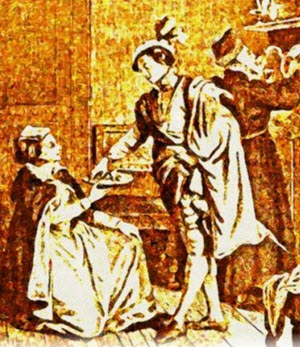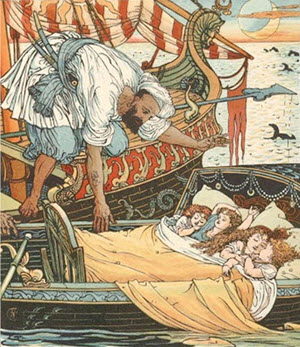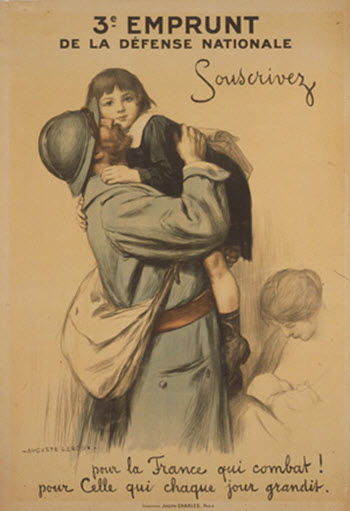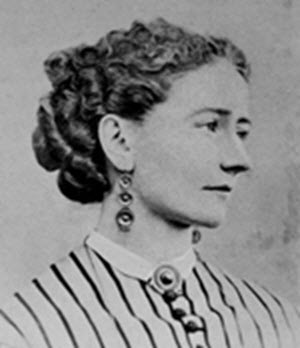Legands of the Jews > Volume 3 >
THE CAMP
The camp was in the form of a square, twelve thousand cubits on each side, and in the middle was the space, four thousand cubits in size, for the sanctuary, and the dwelling place of priests and Levites. In the East of the sanctuary lived Moses, Aaron, and Aaron's sons; the Levites of the family of Kohath lived in the South, the sons of Gershon in the West, and the sons of Merari in the North. Each of theses divisions had for its dwelling place a space of a hundred cubits, while each group of three tribes that joined under one standard had a space of four thousand cubits. This was only for the dwelling place of the people, the cattle were outside the encampment, and the cloud of glory separated the dwelling places of the human beings from those of the animals. Rivers surrounded the camp from without, and so also were the different groups separated one from the other by rivers. But in order that on the Sabbath, when riding was prohibited, intercourse among the different parts of the camp might not be rendered impossible, there were bridges of boards over the rivers. The purple color of the cloud of glory was reflected in the waters of the rivers, so that it spread afar a radiance like that of the sun and the stars. The heathens, whenever they beheld these wondrous radiant waters, were frightened and feared Israel, but at the same time praised God for the miracles He wrought for Israel. [445]
These were miracles that were visible to the outer world as well, but there were others that were known to Israel alone. During their forty years' march they had no need of change of raiment. The robe of purple which the angels clothed each one among them at their exodus from Egypt remained ever new; and as a snail's shell grows with it, so did their garments grow with them. Fire could not injure these garments, and though they wore the same things throughout forty years, still they were not annoyed by vermin, yes, even the corpses of this generation were spared by worms. [446]
During their marches, as well as in their stay at a certain place, they had not only the four standards that divided them into four groups of three tribes each, each individual tribe had furthermore its own special spot and its special ensign. Reuben's flag was red, and on it were pictured mandrakes. Simeon's flag was green, with a picture of the city of Shechem upon it, for the forefather of the tribe had conquered this city. Judah's flag was azure, and bore the form of a lion. Issachar's flag was black, and had two figures, the sun and the moon, for from this tribe sprung the learned men who busied themselves with astronomy and the science of the calendar. Zebulun's flag was white, with the form of a ship, for this tribe devoted to navigation. Dan's flag had a color like a sapphire, with the figure of a serpent. Naphtali's flag was a dull red, the color of wine, and on it was the figure of a hind, in memory of its forefather, who was like "a hind let loose." Ashere's flag was red like fire, and had the token of an olive tree, because this tribe had much olive oil of excellent quality. The two tribes descended from Joseph, - Ephraim, and Manasseh - both flags of the same deep black color with a representation of Egypt, but they had other forms besides. Ephraim's had the picture of a bull, to symbolize Joshua, sprung of this tribe, whose glory was like "the firstling of his bullock, that pusheth the people together to the ends of the earth;" whereas Manasseh's was that of a unicorn, symbolizing the judge Gideon that sprang from this tribe, "who with his horns of unicorns pushed the people." Benjamin's flag had a color composed of all the other eleven colors, and a wolf for his token, Jacob having described this tribe a "a wolf that ravineth." The different colors of the flags corresponded to the colors of the stones set in the breastplate of the high priest, on which were engraved the names of the twelve tribes. Reuben's stone had a red color like his flag, Simeon's flag was green like the color of his stone, and in this way with all the tribes the color of stones and of flags harmonized. [447]





